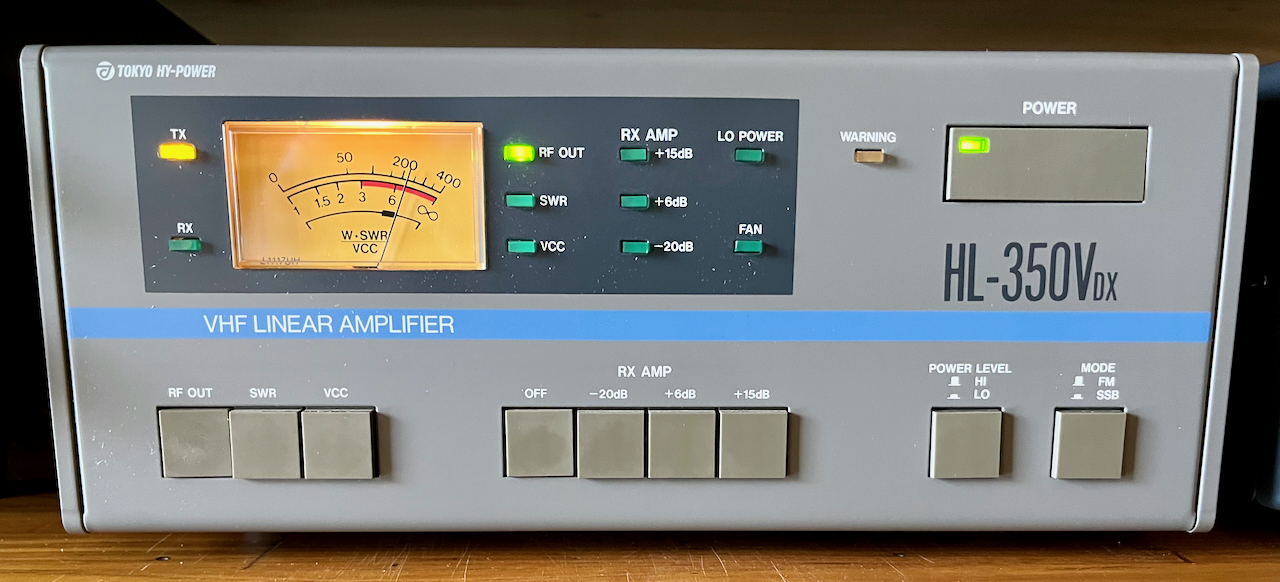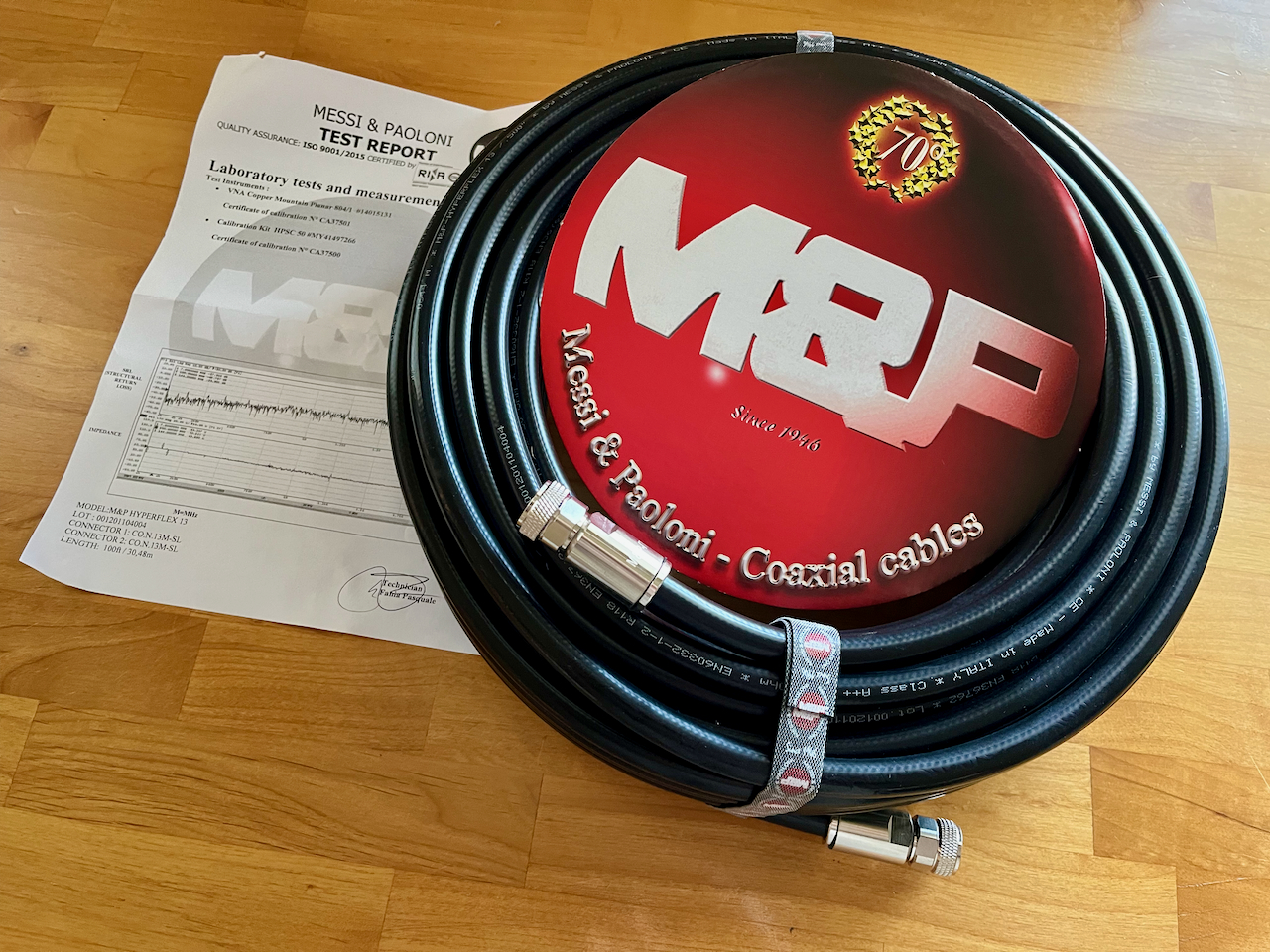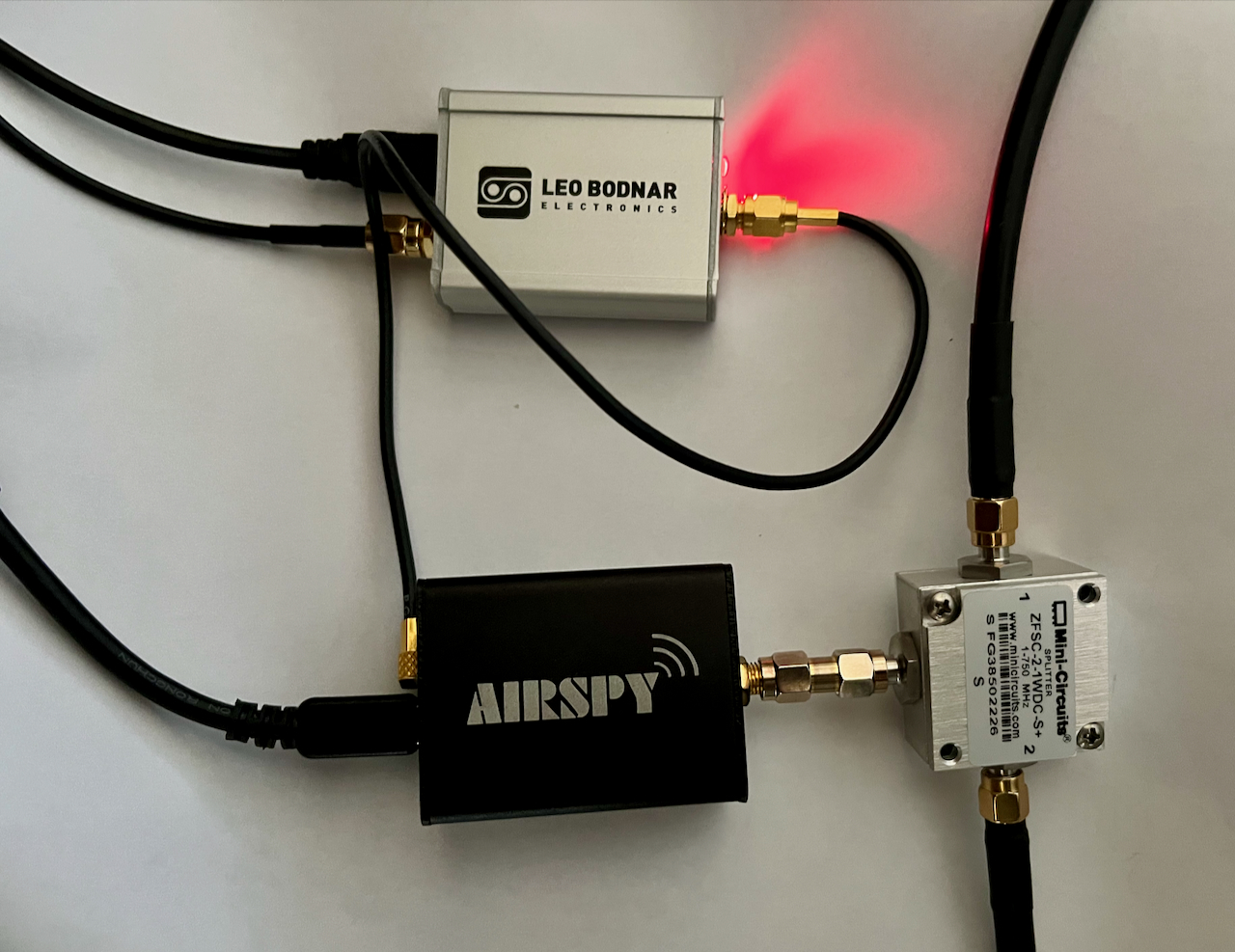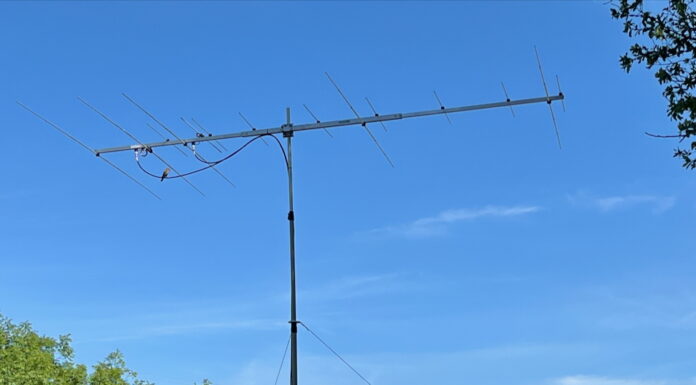My last rover operation was in June 2022 to activate rare six-meter grids DM84, DM85, and DM86 and operate in the ARRL June VHF contest. That’s when I finally decided that the roving life wasn’t for me. Mostly that decision was about my age and lack of desire to pack all my gear into a car and activate grids. It’s been a fun ride, literally, but like all things, it’s time to move on.
That meant it was time to focus on the K5ND Ham Shack and implement a makeover. Here’s the story to date.
Six-Meter Upgrades
The TE Systems Amplifiers (170 and 375-watt versions) have worked well but also called for way too many shipments back to the factory for repair. Most of those were my fault, and it didn’t help to move them into a car frequently. Plus, they have limited to no protection.
I’d been monitoring eBay listings for a likely upgrade over the past few years. Geez, so many options appeared, from tube to solid-state amps. But finally, one appeared that fit all the needs of my station. You can read about it at New 6 Meter Amplifier — M2 6M-1K2. It fits perfectly in my station with the 50 VDC power supply and a new DC voltage/amp meter I’ve built.
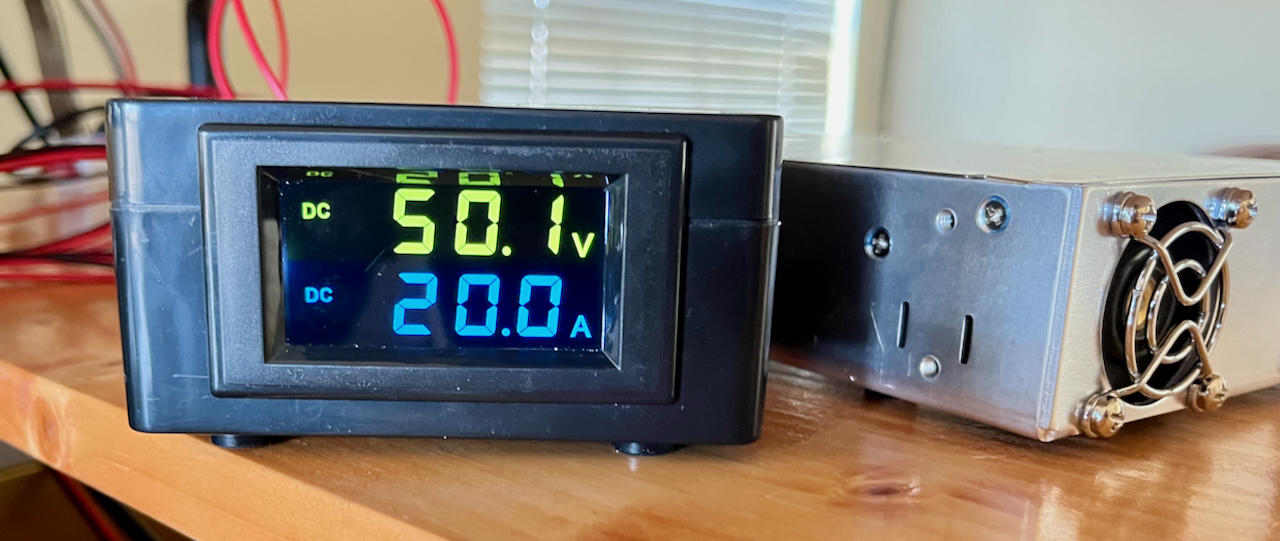
Two-Meter Upgrades
For two meters, I added a new 350-watt amplifier. See the article titled New 2 Meter Amplifier — Tokyo Hy-Power HL-350Vdx for more insight. I also set up a relay system to separate the PTT signal from the Icom IC-9100 to activate 6-meter and 2-meter amplifiers and sequence the preamp. I added a two-meter preamp, bandpass filter, and TR relay that matched the six-meter version I already had. A Mini-Circuits combiner routes the six and 2-meter signals to the SDR. Those units allow a seamless connection to the Airspy SDR for receiving. On top of that, so to speak, I added a Cubex Quad 8-Element beam.
Power Supply Upgrades
I previously added a Diamond GZV6000 power supply which handles 60 amps continuously. It works perfectly for the two-meter amplifier. Plus, I spotted another one on eBay that gave me a bit of a discount over buying a new one. So I use that one to power everything else in the ham shack except the amplifiers. That will allow me to retire the two Astron RS-35A power supplies I had used.
Coaxial Cable Upgrades
I also decided to upgrade the coaxial cable to both the six-meter and two-meter antennas. I’d been using DX Engineering 400 Max for six meters and a patchwork of thirty-foot lengths from my rover for two meters.
Hardline isn’t practical for a push-up mast. I looked over the other options and found that Messi & Paoloni had 0.5-inch coax at a reasonable price. I picked up the Hyperflex 13 with a few discounts tossed in by GigaParts. For the 100-foot lengths I’m using, it provides 0.61 dB loss at 30 MHz and 1.1 dB at 144 MHz. It’s a marginal improvement over the DX Engineering 400 Max at 0.8 dB at 30 MHz and 1.8 dB at 150 MHz.
Frequency Accuracy and Stability
That 10 MHz reference input to the Airspy SDR had been calling out to me. So I picked up the Leo Bodnar Mini GPS-disciplined oscillator precision frequency reference. It can be set to any frequency between 400 Hz and 810 MHz. For now, I’ve set it for 10 MHz and using it to lock the SDR. No doubt, I’ll try using it for the next ARRL Frequency Measuring Test to see if it can improve my measures there. One more gadget for the K5ND ham shack.
Selling Old Gear
Making all this possible was chiefly a matter of choosing and then financing. Choosing is generally easy, financing less so. The focus on 6 and 2 meters allowed me to sell the 432 MHz amplifier and the 222 MHz transverter and amplifier. I also sold a 432 MHz preamp, some omniangle antennas, a two-meter amplifier, and six-meter TE amplifiers.
All that cleared out on eBay. I like their system, and it’s so easy to collect the bids, the payment, and make the shipments. I was fortunate to sell the Icom IC-910H and all my satellite gear as a bundle to a local ham.
I still have some antennas, the Astron supplies, and a few other items I plan to sell at a local hamfest in the new year.
Next Steps
After all that, you wouldn’t think there would be any next steps. Yet, this is ham radio, and there’s always something that can be improved. I hope to hold off for a while, but no doubt I’ll think of something during and after the next contest.


